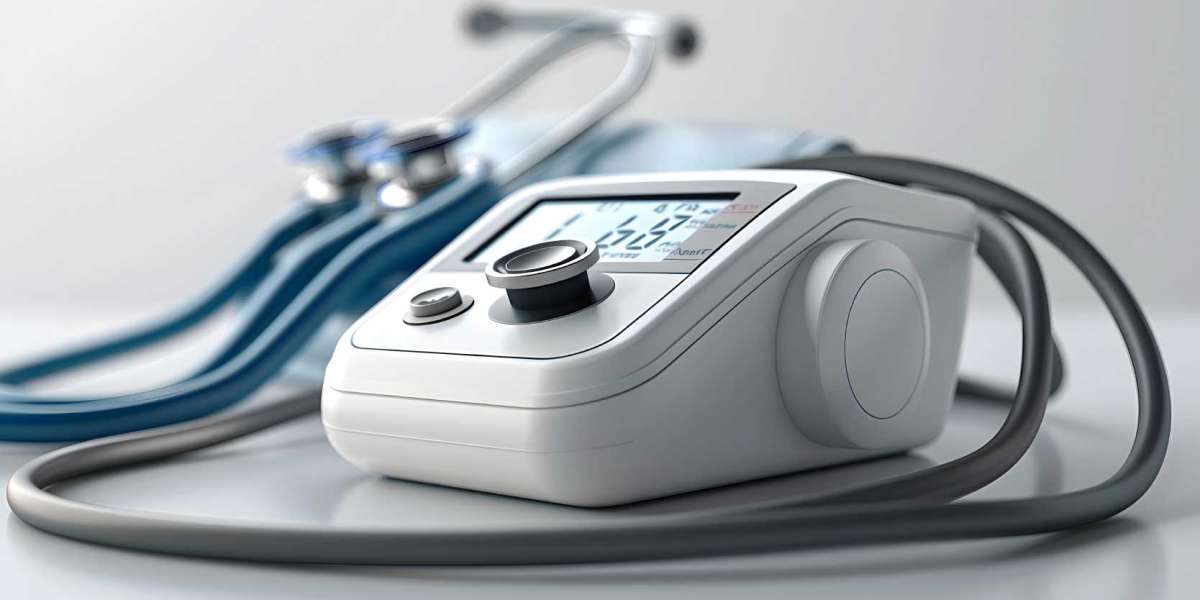The Positive Airway Pressure (PAP) Device Market is witnessing a significant surge as sleep disorders become increasingly recognized and diagnosed worldwide. These devices, designed to alleviate conditions like obstructive sleep apnea (OSA), are revolutionizing sleep therapy and improving the quality of life for millions. This article explores the current outlook of the Positive Airway Pressure Device Market, delving into its growth trajectory, competitive landscape, and future prospects.
Positive Airway Pressure Device Market Outlook
The Positive Airway Pressure Device Market is projected to experience robust growth in the coming years, driven by several factors. Firstly, the rising prevalence of sleep apnea and other sleep-related disorders is a key catalyst. According to the American Sleep Apnea Association, approximately 22 million Americans suffer from sleep apnea, with 80% of moderate and severe cases undiagnosed. This underscores the immense market potential for PAP devices globally.
Furthermore, technological advancements in PAP devices are enhancing their efficacy and user-friendliness, fueling market expansion. Innovations such as smart algorithms, integrated humidification systems, and compact designs are making these devices more comfortable and effective for patients. Additionally, the growing awareness regarding the importance of sleep health and the availability of reimbursement policies for PAP therapy are driving market growth.
Geographically, North America dominates the Positive Airway Pressure Device Market, owing to the high prevalence of sleep disorders and well-established healthcare infrastructure. However, emerging markets in Asia-Pacific and Latin America are witnessing rapid adoption of PAP devices due to increasing healthcare expenditure and awareness about sleep disorders.
Positive Airway Pressure Device Competitive Landscape
The Positive Airway Pressure Device Market is highly competitive, characterized by the presence of several prominent players vying for market share. Key players operating in the market include:
- ResMed Inc.
- Philips Respironics (a subsidiary of Philips Healthcare)
- Fisher Paykel Healthcare
- DeVilbiss Healthcare LLC
- BMC Medical Co., Ltd.
- 3B Medical, Inc.
- Apex Medical Corp.
- Drive DeVilbiss Healthcare
- Circadiance LLC
- Nidek Medical Products, Inc.
These companies are focusing on strategic initiatives such as product launches, collaborations, and acquisitions to strengthen their market position. For instance, in 2023, ResMed Inc. introduced AirSense 11, its latest PAP device equipped with advanced features like remote monitoring and personalized therapy settings. Similarly, Philips Respironics launched DreamStation Go Auto CPAP, catering to the growing demand for portable PAP solutions.
Access in-depth research! Click here to buy the complete report on Positive Airway Pressure Device Competitive Lanscape
Moreover, partnerships between PAP device manufacturers and healthcare providers are becoming increasingly common, facilitating access to therapy and improving patient outcomes. These collaborations aim to streamline the diagnosis and treatment process for sleep disorders, ultimately driving market growth.
In addition to established players, several startups and smaller companies are entering the Positive Airway Pressure Device Market, bringing innovation and competition. These new entrants are leveraging technologies such as artificial intelligence and telemedicine to disrupt the traditional sleep therapy landscape.
Future Prospects
The future of the Positive Airway Pressure Device Market looks promising, with continued technological advancements and expanding application areas. Key trends expected to shape the market include:
- Personalized Therapy: Advancements in machine learning and data analytics will enable personalized therapy solutions tailored to individual patient needs, optimizing treatment outcomes.
- Telemedicine Integration: The integration of telemedicine platforms with PAP devices will facilitate remote monitoring and teleconsultation, improving patient compliance and healthcare accessibility.
- Wearable PAP Devices: The development of wearable PAP devices, such as nasal pillows and patches, will enhance comfort and convenience for users, driving adoption rates.
- Home Sleep Testing: The shift towards home-based sleep testing will increase the demand for portable PAP devices, offering a cost-effective and convenient alternative to traditional sleep clinics.
In conclusion, the Positive Airway Pressure Device Market is poised for substantial growth, driven by factors such as increasing prevalence of sleep disorders, technological innovations, and strategic collaborations. As awareness about sleep health continues to grow, PAP devices will play a pivotal role in transforming sleep therapy and improving the quality of life for millions worldwide.








